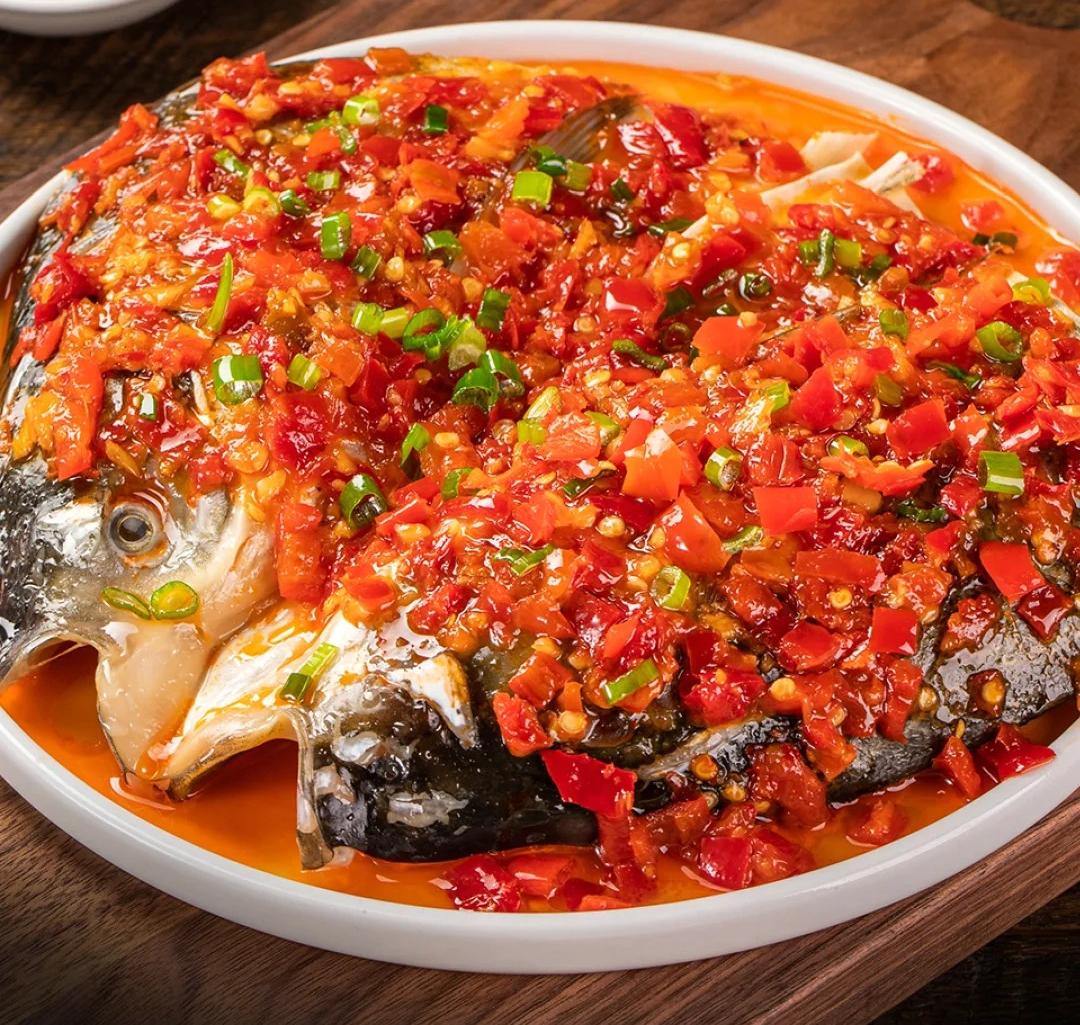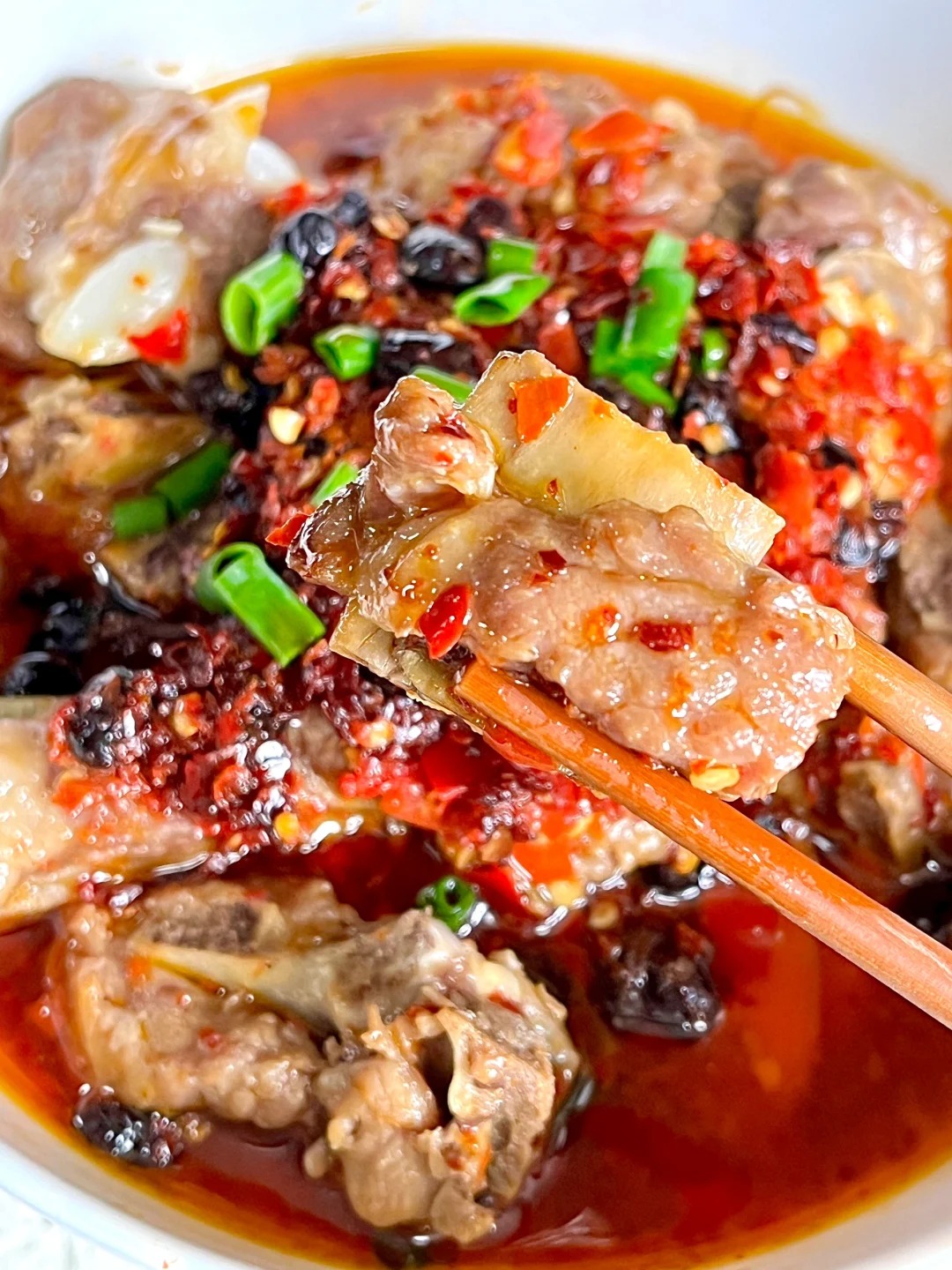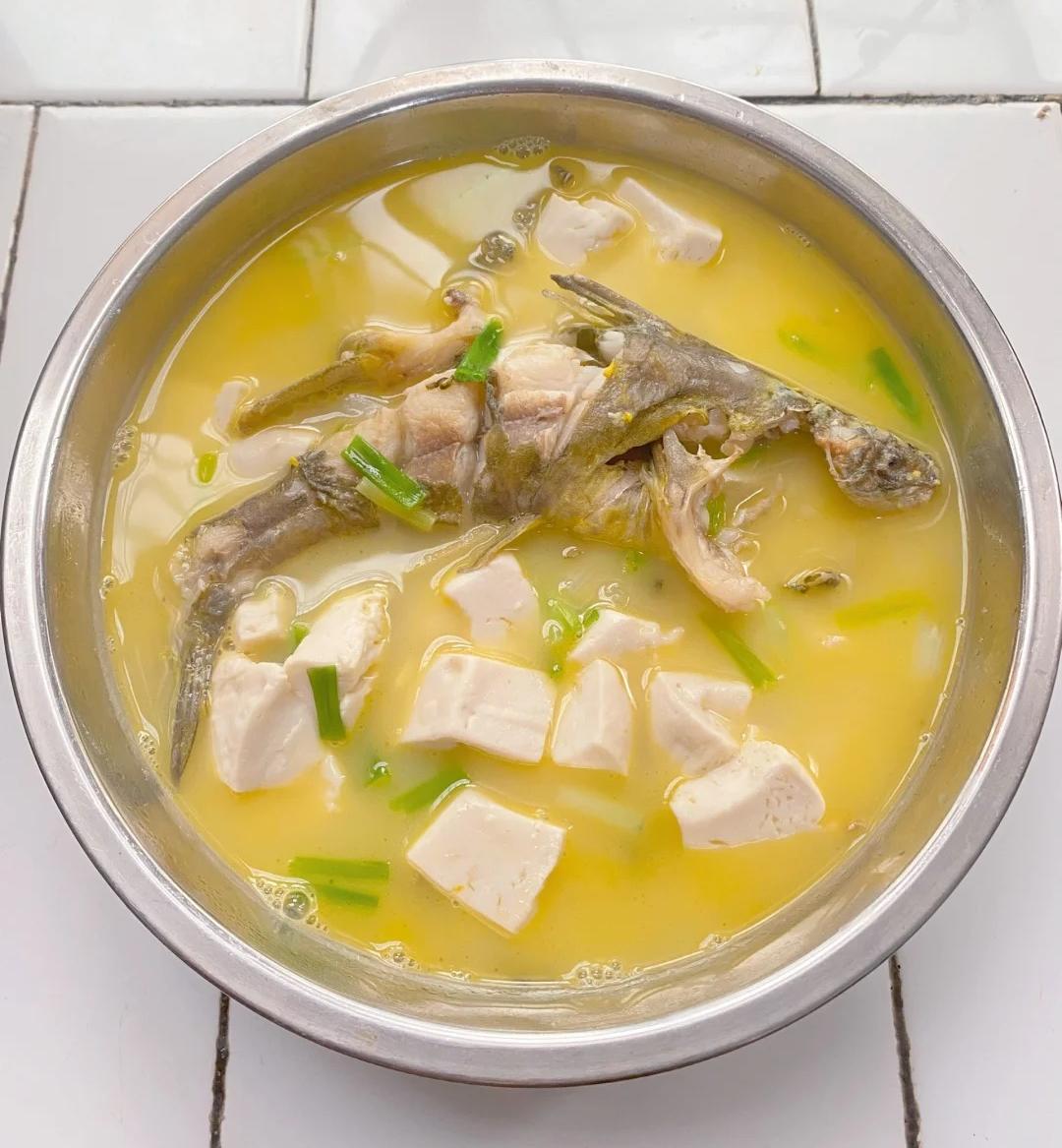When traveling to Hunan, trying its famous cuisine, one of China's eight major culinary traditions, is a must. This article will provide an all-encompassing introduction to Hunan cuisine, giving you a deeper understanding so you can choose the dishes that best suit your taste, enhancing your overall experience of the region.
Hunan cuisine, also known as Xiang cuisine, is one of China’s eight great culinary traditions. It is known for its spicy, fragrant, sour, and fresh flavors, making it a favorite among food lovers. Hunan is located on the southern bank of the Yangtze River in a humid, rainy climate, and locals traditionally eat spicy foods to drive away the cold and damp. While the spiciness is a hallmark, Hunan cuisine goes beyond just heat; it also combines sour, salty, and aromatic flavors to create a complex and varied taste profile. Hunan cuisine emphasizes the balance of color, fragrance, and taste, with a wide variety of dishes that showcase precise cooking techniques.
History and Cultural Background of Hunan Cuisine
The history of Hunan cuisine spans over two thousand years, and through centuries of innovation and inheritance, it has developed its unique taste. Influenced by Hunan's geography, climate, and diverse ethnic cultures, Hunan cuisine has continuously evolved, particularly by incorporating cooking techniques from other regions. The bold and hospitable nature of the Hunan people is reflected in the cuisine’s robust flavors and fiery cooking methods.
Main Characteristics of Hunan Cuisine
Rich Spiciness and Diverse Flavors
Hunan cuisine's most notable feature is its rich spiciness. However, the spiciness is not one-dimensional but a blend of different types of heat. The spiciness comes not only from chili peppers but also from fermented chili paste, chopped chili, dried chilies, and other seasonings, offering layers of spiciness. Moreover, spiciness is often combined with other flavors like sour, salty, and aromatic, resulting in dishes that deliver varied and exciting taste combinations.
Perfect Combination of Ingredients and Flavors
Hunan cuisine emphasizes the harmonious blending of ingredients, with flavors deeply penetrating each other. The cuisine’s sour-spicy flavors stand out. The “sour” typically comes from pickled vegetables, offering a mellower taste compared to vinegar. Due to Hunan’s warm, humid climate, people enjoy eating chilies to stimulate appetite and ward off dampness. Dishes made with pickled vegetables and chili peppers are refreshing and tangy, making them popular local specialties. Chili peppers, known for their properties of promoting heat, stimulating appetite, and dispelling dampness, are beloved by the people of Hunan. Fermented chopped chili peppers, in particular, are used to enhance digestion and add a unique flavor.
Sour-Spicy Pairings for a Stimulating Experience
Sour-spicy combinations are common in Hunan cuisine, with dishes like sour-spicy fish head and sour-spicy pork intestines being iconic examples. The sourness usually comes from vinegar or pickled vegetables, which, when paired with chilies, create a stimulating and fresh-tasting experience that awakens the palate.
Expertise in Pickling and Slow Cooking
Many Hunan dishes use fermented ingredients like chopped chilies and pickled vegetables, which not only add unique flavors but also elevate the complexity of the dishes. Slow cooking, especially braising, is another important method in Hunan cuisine. Slow-cooked dishes allow ingredients to fully absorb the flavors of the broth, resulting in rich and flavorful dishes like braised pork ribs and smoked meat with winter bamboo shoots.
Variety of Ingredients with Rustic Flavors
Hunan cuisine uses a wide range of local ingredients, emphasizing freshness and seasonality. Common ingredients include fish, pork, duck, tofu, and wild vegetables. Hunan’s rich agricultural output, including rice and vegetables, is reflected in many dishes that highlight a strong rural flavor, particularly the farm-style dishes that stand out for their hearty, rustic taste.
Classic Dishes of Hunan Cuisine
Chopped Chili Fish Head
This iconic dish is one of the hallmarks of Hunan cuisine. Made with a large fish head, it is steamed with Hunan’s famous chopped chili peppers. The fish is tender, and the chopped chilies create a perfect balance of spiciness and tanginess, making it a flavorful and refreshing dish that represents the essence of Hunan flavors.
Mao’s Braised Pork
This dish originated in Shaoshan, the hometown of Mao Zedong, and is named after him due to his fondness for it. Made with pork belly, it is stir-fried and then braised until the meat is tender and melts in your mouth, with a slightly sweet flavor. Its bright red appearance and rich taste make it a beloved dish across China.
Steamed Ribs with Chopped Chilies
A classic steamed dish in Hunan cuisine, this features tender pork ribs seasoned with chopped chilies. During the steaming process, the ribs absorb the chili’s spicy and sour flavors, resulting in juicy, flavorful meat.
Yellow River Catfish Stewed with Tofu
This dish combines the delicate texture of freshwater catfish with the smoothness of tofu, creating a mild but highly savory flavor. The tofu absorbs the rich taste of the fish, making it a well-balanced dish that’s both light and delicious.
Cooking Techniques in Hunan Cuisine
Hunan cuisine employs a wide range of cooking techniques, including braising, steaming, pickling, frying, and stir-frying. Mastery of overheating control is crucial in Hunan cooking, whether it’s the slow simmering of braised dishes or the high heat required for stir-frying.
Braising: Braising is a signature technique in Hunan cuisine, often used for making soups or slow-cooking meats. The long, slow simmer allows flavors to meld, resulting in tender, flavorful dishes.
Steaming: Many iconic Hunan dishes, like steamed fish heads with chopped chilies, use steaming to preserve the fresh taste of ingredients while enhancing the spiciness and tanginess of the seasonings.
Stir-frying: Dishes like spicy chicken and sour-spicy pork intestines are quickly stir-fried at high heat. Stir-frying crisps the exterior while keeping the inside tender, and it’s an effective method for releasing the fragrant aroma of chilies.
Hunan cuisine, with its bold spiciness and rich layers of flavors, has won over countless food lovers. It not only represents Hunan's culinary culture but also reflects the vibrant and hearty character of its people. If you love food, Hunan cuisine is definitely worth exploring. From the fiery freshness of chopped chili fish head to the rich sweetness of Mao’s braised pork, every dish offers a unique and memorable taste experience, allowing you to savor the cultural charm of this region.





